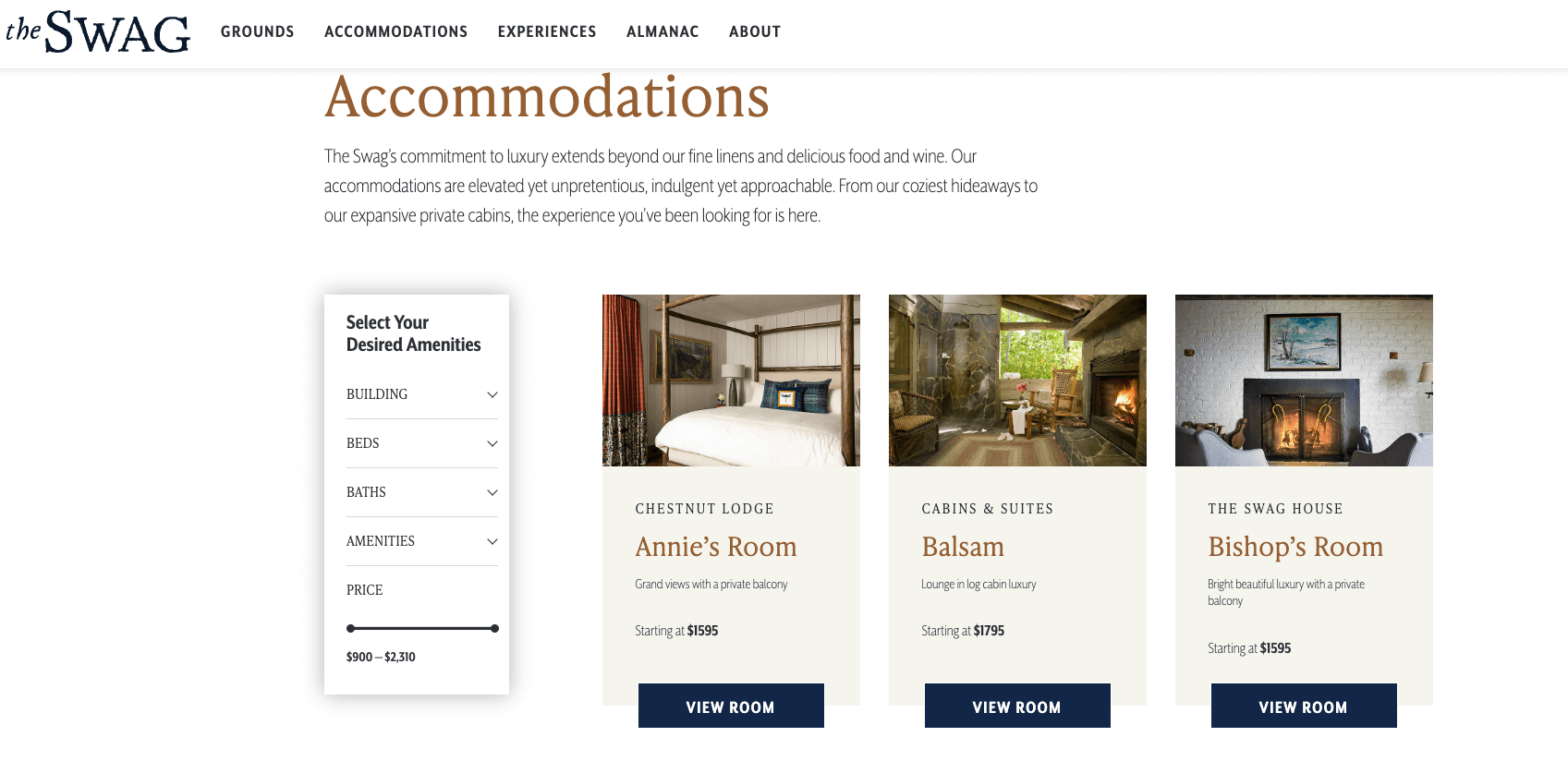
For parks and hotels, just the same as for software companies, the website is the core shopping window of the business.
NB: This is an article from RMS Cloud
Subscribe to our weekly newsletter and stay up to date
It is where your clients are most likely to end up on and what may sway them to get in touch or book a room with you, so there is no room for error.
A new website – or a website refresh – is a big project and there is a lot to unpack. Here we will cover website design core principles.
Keep it simple, stupid
The first thing to consider when you work on a website is your navigation. What do you want to show? And what pages should you develop? There are multiple resources available on web user experience (UX) online, but one thing stands out to me every time: less is more.
Customers everywhere have less and less time to do their research and scan pages in a matter of seconds. So, if you spread your information over many pages, you will lose your browsers very quickly. Better to have a few well-built webpages than 25 half-baked ones.
As a minimum, here are the pages you should think to include in your website navigation:
- Homepage
- Welcome message
- What makes your property unique?
- Accommodation overview
- Book now link: this must be everywhere on every page, front and center.
- Inspiration: Our client The Barn Scone have nailed their home page

- Accommodation pages
- Ideally one page by room or site type, but it can be condensed into one
- Include high quality photos
- Be highly descriptive of what is included in the room, down to every single amenity. Accommodation pages on your website must be more descriptive than your listing on booking.com
- Inspiration: Our client The Swag has done a fantastic job of listing out every single room with great pictures and amenities

- Eating and drinking options (if relevant)
- This is great opportunity to differentiate your property from others, so nailing that page is essential.
- List out available options, linking out to the menus
- Make sure to add bar or restaurant opening hours and the link to book a table
- Include any special event or offer
- Introduce your kitchen team with pictures and bios
- Inspiration: I love the dining page from our client Cataloochee Ranch – everything is laid out very clearly with fresh imagery and precise information




